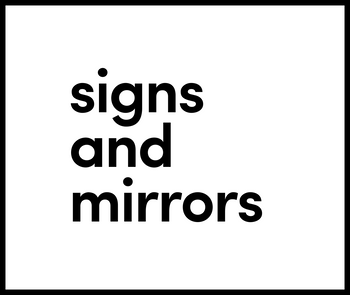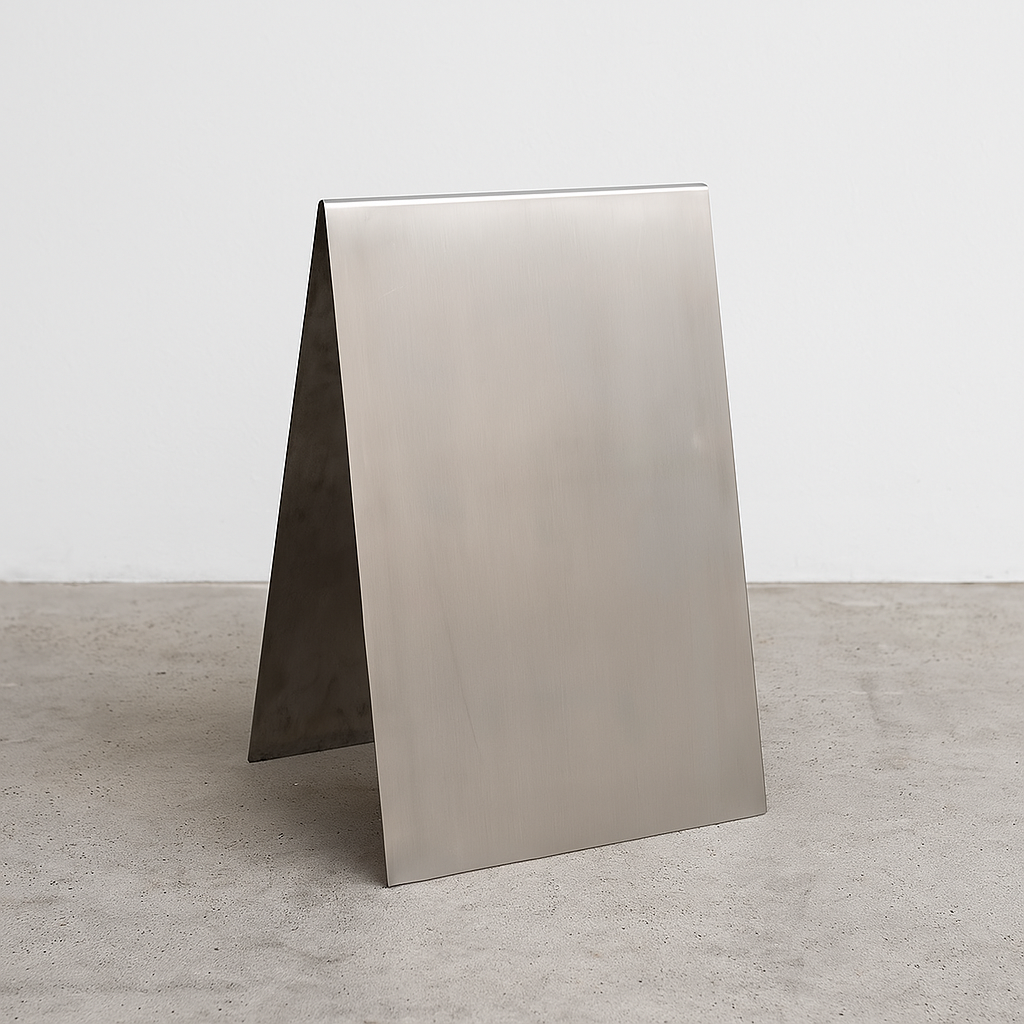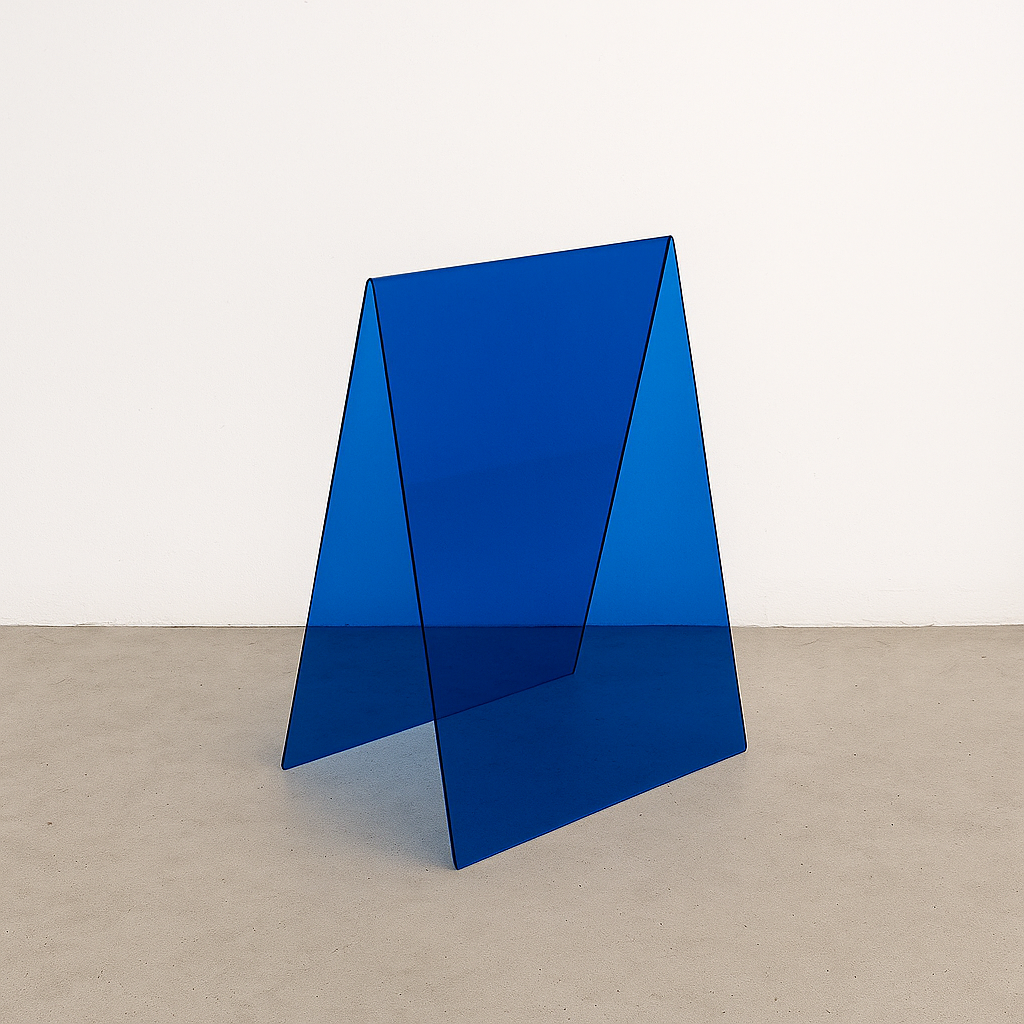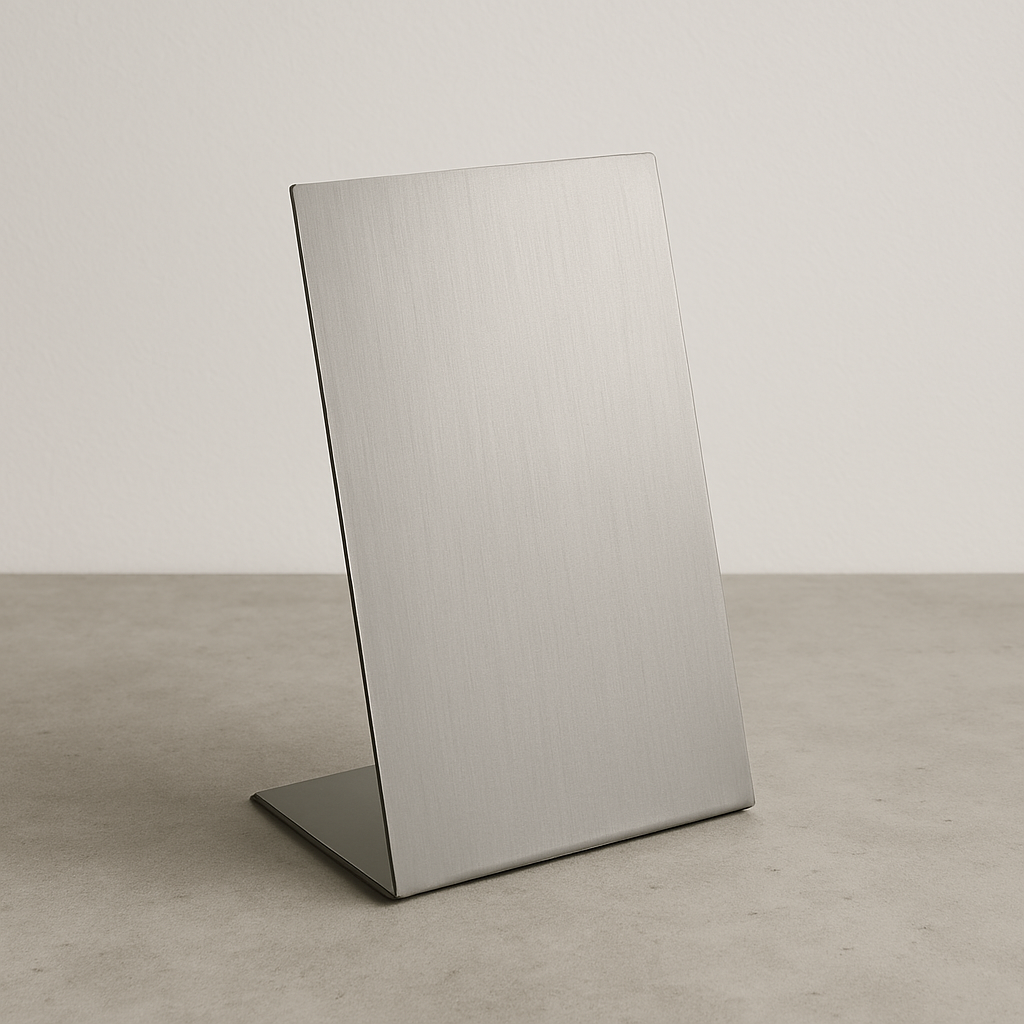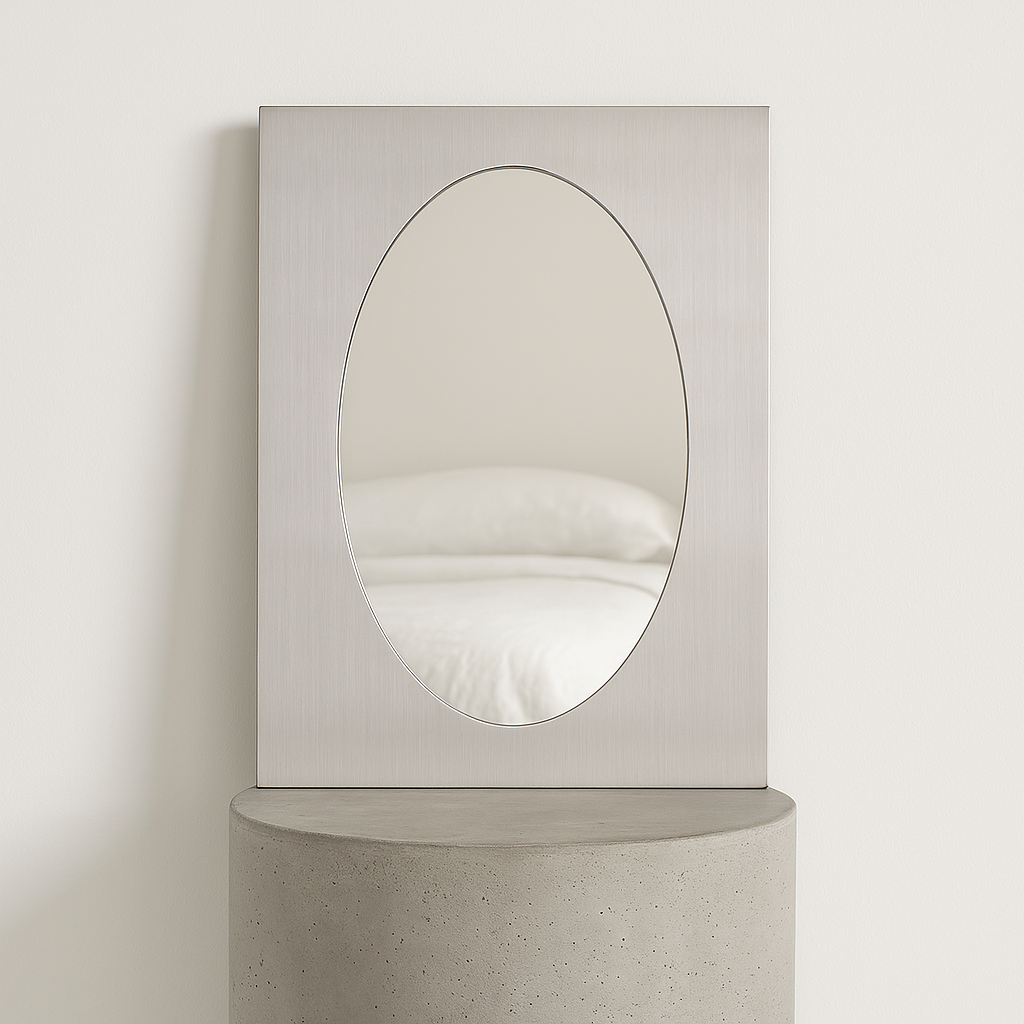Before a visitor even walks through the door, they’re already forming an impression. The sign out front? That’s part of the experience. In museums, sidewalk signs aren’t just about wayfinding, they're a chance to reinforce your exhibit themes, guide people with ease, and add a polished, intentional look to your space. But with so many formats, materials, and styles to choose from, how do you pick the right one? Let’s break it down into simple steps.
Setting the Scene: Outside the Exhibit Starts the Experience
The moment someone spots your museum from the sidewalk, they’re already engaging with it. Whether they’re on their way inside or just passing by, the space outside the entrance sets the tone. That’s where sidewalk signs come in. They're not just practical tools for giving directions or listing hours; they help establish the feel of the exhibit before a guest even steps inside.
A well-placed sign can hint at what’s ahead: a modern sculpture show, a historical deep dive, or a rotating local artist series. Think of it as a visual handshake. It gives your visitors something to connect with and builds a sense of anticipation. For people who weren’t planning to stop in, it can be the nudge that makes them pause and walk through the doors.
In that way, sidewalk signs become part of the exhibit journey, not just a marker outside, but the first element in a curated experience.
From Studio to Sidewalk: Signs and Mirrors Signage for Museum Spaces
At Signs and Mirrors, we specialize in creating architectural signage using premium materials like stainless steel and acrylic. Our team manages every stage of the production process from design to fabrication at our New York City studio.
We work with both independent designers and businesses, producing signage tailored to a wide range of interiors and exteriors. Our approach is collaborative and detail-oriented, with attention to finish quality, material precision, and long-term durability.
You can view our complete collection of signage and display products on our official catalog page. For behind-the-scenes looks and visual references, visit our Instagram, where we regularly share updates, new formats, and real-world installations.

1. White Stainless Steel A-Frame Sidewalk Sign
The White Stainless Steel A-Frame Sidewalk Sign is crafted from a single sheet of stainless steel and finished with a white powder coating. Available in Medium (18" × 26") and Tall (19.5" × 33") sizes, it has a clean, geometric form that suits a range of architectural settings.
In museum spaces, the sign functions well at entrances, along outdoor walkways, or near temporary exhibits. Its matte white surface offers strong contrast for printed content, while the structure remains stable under low to moderate wind. The stainless steel can be maintained easily with warm water and a soft cloth.

2. Cream Stainless Steel A-Frame Sidewalk Sign
The Cream Stainless Steel A-Frame Sidewalk Sign is made from a single sheet of stainless steel and finished with a durable powder-coated cream surface. Available in Medium (18" × 26") and Tall (19.5" × 33") formats, the sign features clean lines and a folding structure. The overall design is neutral, understated, and adaptable to many environments.
This sign works well in museum entryways, open-air corridors, or temporary exhibit areas. Its matte cream color offers clear legibility without visual noise, and the structure remains stable under low to moderate wind conditions. For long-term use, it can be cleaned with warm water and a soft cloth.

3. Stainless Steel Standing Sign
The Stainless Steel Standing Sign is made from a single sheet of 304-grade stainless steel with a smooth metal finish on both sides. Its vertical format (19.5" × 33") gives it a clean, minimal profile suited for modern environments. The polished surface resists corrosion and wear, making the sign suitable for both indoor and outdoor settings.
In museum contexts, this freestanding sign is ideal for interior use near exhibit entries, ticket counters, or gallery transitions. Its solid build offers stability in high-footfall areas, and optional sandbags can be added for extra weight outdoors. Maintenance is straightforward, using mild detergent or stainless steel wipes to preserve its finish.

4. Round Wall Sign (15" Diameter)
The Round Wall Sign (15" Diameter) is a wall-mounted, circular-format sign available in brushed stainless steel or matte powder-coated finishes (white or black). Measuring 15 inches in diameter with a depth of 1.5 inches, it features a clean, sculptural form made from durable stainless steel, designed for exterior placement.
In museum use, this format is well-suited for entrance walls, directional signage, or exhibit-specific markers that require a modern but quiet visual presence. The sign’s symmetrical shape and minimal finish make it appropriate for a range of building types, while its compact profile allows easy integration without visual clutter.

5. Black Stainless Steel A-Frame Sidewalk Sign
The Black Stainless Steel A-Frame Sidewalk Sign is formed from a single sheet of stainless steel with a matte black powder-coated finish. Available in Medium (18" × 26") and Tall (19.5" × 33") formats, it features a hinged folding frame and simple silhouette for easy placement.
In museum settings, the black finish offers strong contrast for printed text or directional signage, particularly in outdoor or high-traffic areas. The structure remains stable under low to moderate wind and can be wiped clean with mild detergent and a microfiber cloth.

6. Stainless Steel A-Frame with Latch Sidewalk Sign
The Stainless Steel A-Frame with Latch Sidewalk Sign is constructed from a single sheet of stainless steel and features a sleek metal finish on both sides. Measuring 23.5" × 13.5" with a depth of 13", it includes an integrated latch system that allows for secure closure when folded, while maintaining a compact, freestanding profile.
In museum environments, this format is suited for temporary signage in high-traffic areas such as exhibit entrances or event spaces where durability and easy repositioning are important. The sturdy build performs well in low to moderate wind and can be maintained with mild soap and a microfiber cloth.

7. Acrylic A-Frame Sidewalk Sign
The Acrylic A-Frame Sidewalk Sign is made from lightweight yet durable acrylic with a glossy finish, available in black. It measures 26" × 18" with a depth of 13", and features a folding design for easy handling and compact storage. The smooth surface enhances the visibility of printed content, making it suitable for settings where clarity and appearance are important.
This sign works best in indoor or covered outdoor museum areas where wind exposure is minimal. Its light weight allows for quick repositioning around rotating exhibits or temporary visitor zones. Maintenance involves gentle cleaning with a microfiber cloth and mild detergent to protect the surface from scratches.

8. Mirrored Acrylic A-Frame Sandwich Board Sign
The Mirrored Acrylic A-Frame Sandwich Board Sign features a dual-sided mirrored acrylic face mounted on a lightweight wooden backing. Measuring 30" × 21" (33" × 21" with legs), the sign offers visual reflectivity on both sides while maintaining a lighter profile than traditional glass or stainless steel mirror formats.
This sign is best suited for indoor museum areas or protected outdoor entries where it can reflect movement, light, and surroundings without overpowering the visual environment. It performs reliably in low to mid wind conditions and should be stored indoors during heavy weather. The mirrored surface can be cleaned with a microfiber cloth and mild soap to avoid scratches or residue buildup.

9. Mirrored Rounded Stainless Steel A-Frame Sandwich Board Sign
The Mirrored Rounded Stainless Steel A-Frame Sandwich Board Sign is constructed from two sheets of stainless steel, polished to a mirror finish. With rounded top corners and dimensions of 21" × 17.75" (25.75" × 17.75" with legs), it offers a highly reflective surface with slight visual distortion characteristic of mirrored steel. Subtle polish marks may be visible at the curved edges due to the fabrication process.
This sign is suited for use in museum courtyards, near entry points, or inside high-visibility areas where reflections enhance spatial perception. It is best placed in low to mid wind environments and requires gentle cleaning with soft cloths and mild solutions to maintain its reflective clarity without scratching the surface.

10. Mirrored A-Frame Sandwich Board Sign
The Mirrored A-Frame Sandwich Board Sign is made from stainless steel with a mirror-polished finish that is shatterproof and reflective on both sides. It comes in two sizes - Standard (34" × 21") and Slim (36" × 15.5") - with a depth of 15", offering a bold presence with crisp geometric proportions and high material clarity.
This sign is suitable for museum entrances, exterior courtyards, or photo-friendly installations where reflection enhances spatial engagement. Stable in low to mid wind conditions, it can be cleaned with microfiber cloths and mild soap to maintain clarity while avoiding scratches on the mirrored surface.

11. Stainless Steel A-Frame Sidewalk Sign
The Stainless Steel A-Frame Sidewalk Sign is fabricated from a single sheet of 304-grade stainless steel with a smooth, uncoated metal finish on both sides. It is available in Medium (18" × 26") and Tall (19.5" × 33") formats, offering a polished, industrial look with clean lines and durable structure for everyday use.
This sign is well-suited for museum forecourts, entry zones, or indoor atriums where visual clarity and structural integrity are essential. It performs reliably in low to moderate wind conditions and is easy to maintain with a microfiber cloth and mild cleaning solution.

12. Mirrored Stainless Steel A-Frame Sidewalk Sign
The Mirrored Stainless Steel A-Frame Sidewalk Sign is made from a single sheet of stainless steel, polished to a mirror finish on both sides. It comes in three sizes - Medium (18" × 26"), Tall (19.5" × 33"), and Large (24" × 36") - with a reflective surface that creates subtle visual distortion typical of curved mirror-grade metal.
This sign is a strong fit for museum exteriors or transitional spaces where visual interaction is part of the experience. Its mirrored surface draws attention while maintaining a minimal, architectural form. Designed for stability in low to moderate wind conditions, it can be cleaned with soft cloths and mild soap to preserve the clarity of the reflection.

13. Custom Sign (Deposit)
The Custom Sign (Deposit) option allows clients to initiate a fully custom signage project through Signs & Mirrors. This deposit serves as the starting point for tailored fabrication, with materials, dimensions, finishes, and format determined based on client specifications submitted via form or email.
This option is suitable for museums with unique spatial, historical, or curatorial requirements not met by standard formats. Whether the need is for oversized outdoor signs, integrated architectural pieces, or specialized mounting, the custom route allows for flexibility across use cases and design goals.
What to Consider Before Choosing a Sidewalk Sign
Before selecting a sidewalk sign for your museum, it helps to take a step back and think through the conditions, usage needs, and spatial context. Here are a few key factors to consider:
1. Location and Environment
Where the sign will be placed directly affects which materials and formats make sense.
- Outdoor use: Opt for stainless steel or powder-coated metal that resists weathering.
- Indoor or covered entryways: Acrylic or mirror signs can work well without exposure risk.
- Transitional areas: Lightweight options are easier to move when layouts change.
2. Visitor Traffic and Movement
Sidewalk signs should support not interrupt visitor flow.
- High-traffic areas benefit from slim or standing signs with minimal footprint.
- Wide-open zones can accommodate larger formats or mirrored signs designed to catch attention from a distance.
- Consider placement near ticketing, rotating exhibits, or courtyard entries.
3. Content Flexibility
Think about how often you plan to change the messaging.
- Fixed metal face signs work well for long-term display of permanent information.
- Custom-print or insert-based signs may be better for seasonal or rotating exhibits.
- Mirrored or minimalist signs can rely on visual presence rather than text.
4. Aesthetic and Material Fit
Your signage should support the museum’s overall visual identity.
- Matte finishes are more discreet and suited to historical or natural settings.
- Mirrored signs offer high contrast and visual interaction, especially in contemporary spaces.
- Rounded edges and polished finishes can echo architectural features.
5. Stability and Maintenance
Sidewalk signs need to stay in place and look presentable with minimal upkeep.
- Check the weight and base depth to ensure stability in outdoor environments.
- Acrylic and mirrored surfaces may require more frequent cleaning to remove fingerprints or dust.
- Avoid signs with sharp corners or overly glossy finishes if they’ll be handled or moved frequently.
Where and How These Signs Fit Into Real Museum Settings
Sidewalk signs in museums go far beyond pointing out the front entrance. Depending on their format and placement, they can support wayfinding, enhance temporary installations, or quietly integrate into the building’s design language. Below are common scenarios where these signs are especially useful:
Entry Zones and Welcome Areas
Placed near main doors or courtyard entrances, A-frame or standing signs help orient visitors before they step inside. These signs often display hours, ticketing notes, or exhibit highlights for the day. Powder-coated stainless steel signs in white or cream work well here, offering strong visibility without visual noise.
Temporary or Rotating Exhibits
When exhibits change regularly, signage needs to be easy to reposition or update. Lightweight A-frames, especially those with slots or custom-print options, allow museums to adapt messaging without replacing hardware. Signs with latch mechanisms or branded inserts offer added flexibility.
Outdoor Installations and Courtyards
In outdoor or semi-sheltered museum spaces, mirrored or brushed stainless steel signs become part of the environment. They reflect light and surroundings, helping draw attention without relying on bold text. These are often used near sculpture gardens, seasonal pavilions, or exhibit expansions.
Wayfinding Within Multi-Building Campuses
For institutions with more than one wing or building, sidewalk signs placed between entrances or along walking paths guide foot traffic clearly. Tall-format signs or standing signs with a sleek, vertical profile are effective here, especially when placed at key junctions or drop-off zones.
Design-Integrated Displays and Photo Spots
Some signs serve a dual purpose providing information and acting as a photo backdrop or brand feature. Mirrored A-frame signs or custom-shaped wall signs reflect visitors, architecture, or sky, creating an interactive surface. These placements are ideal near modern galleries or museum cafés where visitors naturally pause.
Conclusion
Sidewalk signs may seem like a small detail, but in a museum context, they carry weight. The right sign doesn’t just direct it becomes part of the visitor’s visual and spatial experience. From stainless steel structures that echo architectural lines to mirrored formats that reflect the exhibit’s energy, each choice plays a role in how the museum communicates before a word is even read.
Whether you're outfitting a rotating gallery entrance or designing a more permanent exterior setup, consider how material, placement, scale, and finish work together. A well-chosen sign should fit seamlessly into its environment quietly, effectively, visually consistent, and built to last.
FAQ
What material is best for outdoor museum signs?
Stainless steel is typically the most durable and weather-resistant option for outdoor use. Powder-coated finishes add protection and visual consistency in various environments.
Are mirrored signs suitable for museums?
Yes, mirrored signs especially in stainless steel or acrylic can enhance architectural interaction and catch natural light. They're best used in low-touch, stable areas to avoid scratches
Which sign formats are easiest to move or store?
Lightweight A-frame signs, particularly in acrylic or thinner stainless steel, are easy to fold and relocate. These are ideal for temporary events or seasonal use.
What size of sidewalk sign is most effective?
Medium (around 18" × 26") and tall (around 19.5" × 33") signs are generally large enough for visibility without being obstructive. The choice depends on available space and content density.
How should museum staff maintain stainless steel signs?
Use a microfiber cloth to remove dust and fingerprints. For deeper cleaning, apply a mild detergent with warm water, then dry thoroughly to avoid water spots. Avoid abrasive materials to prevent scratching.
